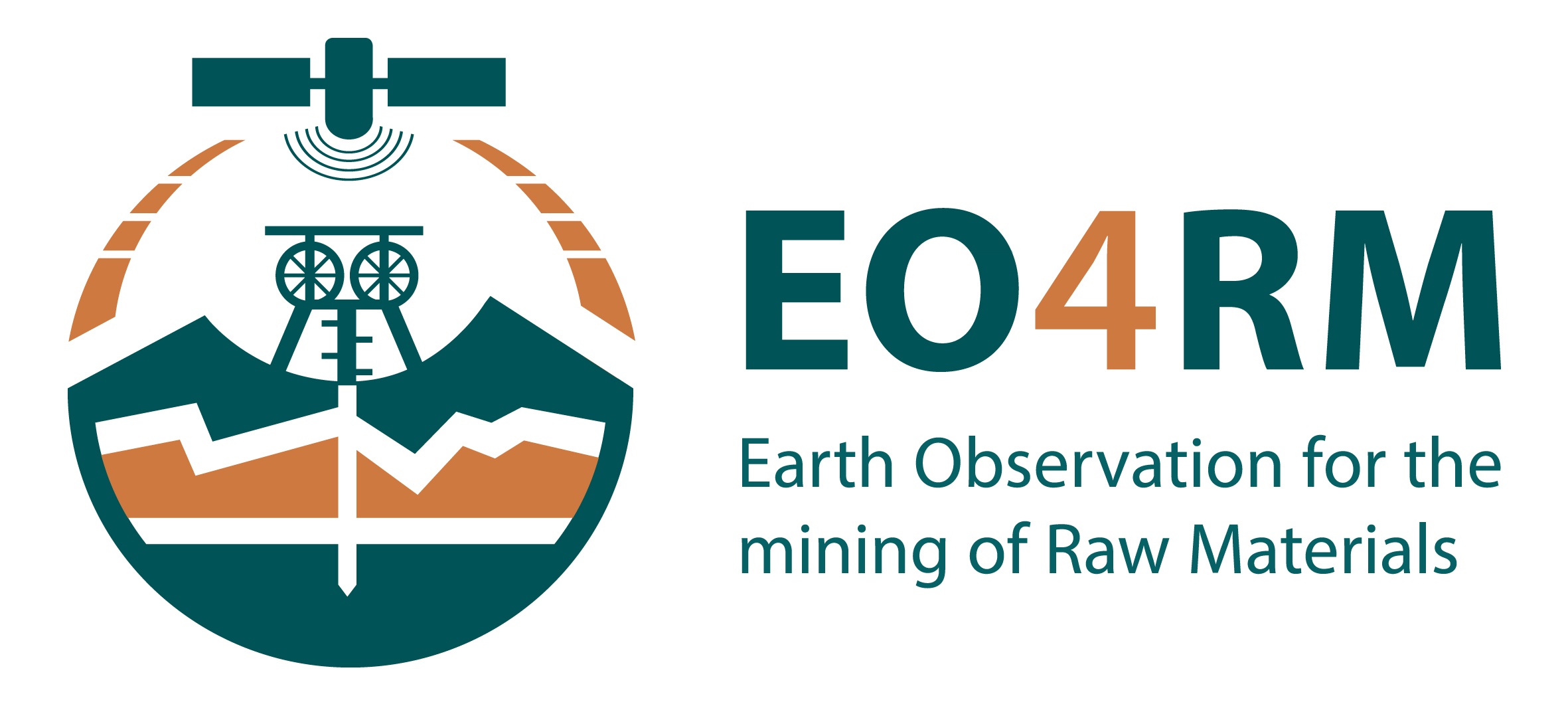Exploration companies need to know how they will access and operate in any given area of interest. A particular exploration project might be located in any of a wide number of physical landscapes, ranging from urban or rural sites or to sites of cultural or natural interest. The specific physical landscapes can vary greatly based on the climate and local socio-economic conditions, or other criteria such as biodiversity or modern-day land use. Detailed and up-to-date spatial information on the area of interest can be key to the success of any exploration program. For example, what tracks or roads are available to geologists or drill rigs to access the area of interest? Is there active farm-land that may have disturbed the soil or inhabitants that may be affected by nearby exploration activities?
Infrastructure mapping is also crucial to planning and execution of geochemical surveys and data interpretation. For example, installations such as electrical power supply lines, steel cased boreholes or underground water pipelines can severely affect geophysical survey results through interference in the signals being detected. The presence of a nearby refuse dump with discarded batteries or other electronics, even an industrial complex, several tens of kilometres away, can render geochemical surveys ineffective. This is especially the case if these features are not identified beforehand and acknowledged. Where possible mitigation measures must be put in place during the survey or interpretation. The greater the ability to detect, quantify, and determine the nature of the local landscape and historic or present man-made features, the greater the chances of exploration success will be. In this sense, up to date and thematically relevant geospatial data acquisition and availability is important.
Significant volumes of water are usually required for diamond drilling, one of the most widely used mineral exploration techniques, and therefore identifying a nearby water source and the logistics of water supply to the drill rigs is often important. While exploration camps can operate with generators, the availability of power is beneficial, and this information can be sourced from infrastructural mapping. There is also a need to identify any natural hazards in the area that may impact on Health and Safety of the project, and Earth Observation datasets can be useful in this regard.

This page has no comments.